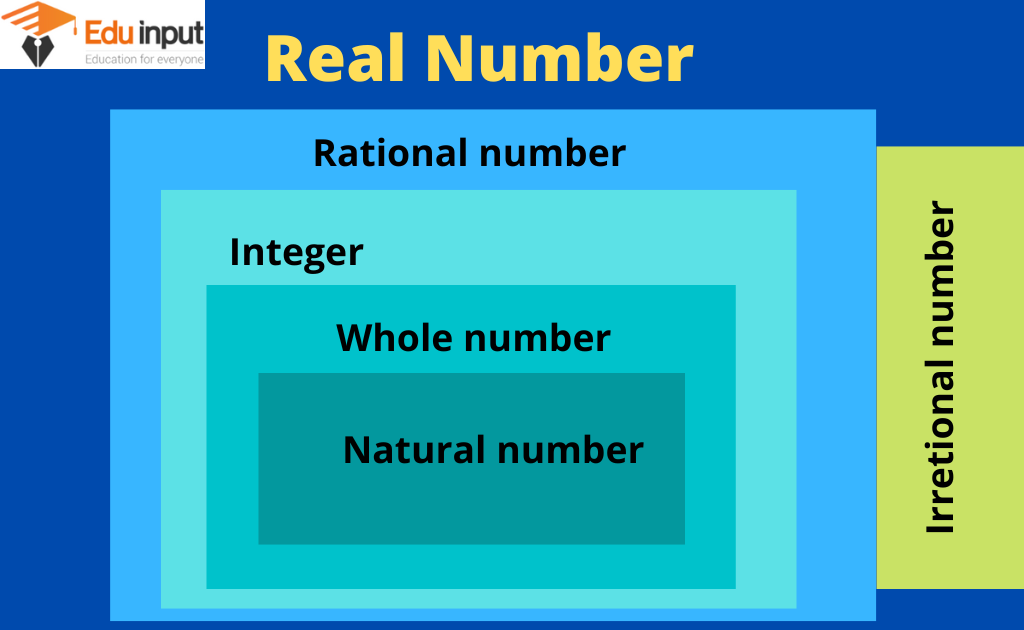Basic Properties of Real Number-Distributive, Closure, Associative, And Commutative
The basic properties of real numbers are distributive property, closure property, associative property, and the commutative property. These basic properties of real numbers are explained in the example below.
Closure property
The closure property states that the product and sum of two real numbers is always a real number. The closure property of real number R is stated as follows: If a, b ∈ R, a + b ∈ R, and ab ∈ R
For example: let any two real number2,3
2,3∈ R
2+3=5∈ R
A Sum of two numbers is always a real numbers
2×3=6∈ R
A product of two numbers is always of two numbers
Hence proved the product and sum of two real numbers is always real numbers.
Associative property
The product or sum of any three real numbers remains the same even when the grouping of numbers is changed. The associative property of R is stated as follows: If a,b,c ∈ R, a + (b + c) = (a + b) + c and a × (b × c) = (a × b) × c
For example: let any three real numbers 5,6,1
5,6,1∈ R
5+(6+1)=(5+6)+1
5+7=11+1
12=12
The sum of any three real numbers remains the same even when the grouping of a number is changed
5x(6X1)=(5×6)x1
5×6=30×1
30=30
The product of any three real numbers remains the same even when the grouping of a number is changed
Commutative property
The product and sum of two real numbers remain the same even after interchanging the order of the numbers. The commutative property of R is stated as follows:
If a, b ∈ R, a + b = b + a and a × b = b × a
For example: let two any real number
-5,-7∈ R
-5+(-7)=-7+(-5)
-5-7=-7-5
-12=-12
Prove the sum of two real numbers remains the same even after interchanging the order of the numbers.
-5x-7=-7x-5
35=35
Prove the product of two real numbers remains the same even after interchanging the order of the numbers.
Distributive property
Real numbers satisfy the distributive property.
The distributive property of multiplication over subtraction is
a × (b – c) = (a × b) – (a × c)and The distributive property of multiplication over addition is,
a × (b + c) = (a × b) + (a × c)
For example: Prove that
The distributive property of multiplication over subtraction is
a × (b – c) = (a × b) – (a × c)
Solution: let any three real numbers 7,-2, 5
a × (b – c) = (a × b) – (a × c)
let a=7,b=-2,c=5
7x(-2-5)=(7x-2)-(7×5)
7x-7=-14-35
-49=-49
The distributive property of multiplication over subtraction is satisfied in a real number
- The distributive property of multiplication over addition is,
a × (b + c) = (a × b) + (a × c)
Solution: let any three real numbers 7,-2,5
a × (b + c) = (a × b) + (a × c)
7x(-2+5)=(7x-2)+(7×5)
7×3=-14+35
21=21
The distributive property of multiplication over addition is satisfied in a real number

 written by
written by 





Leave a Reply